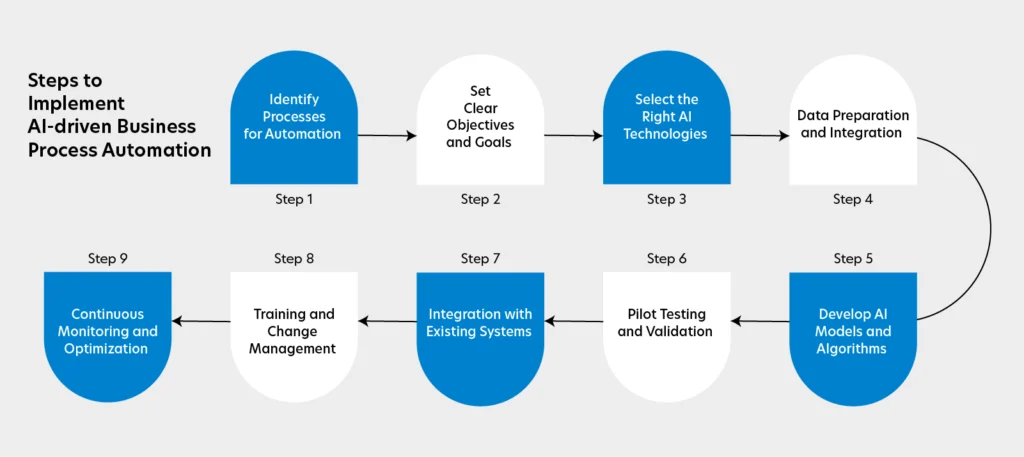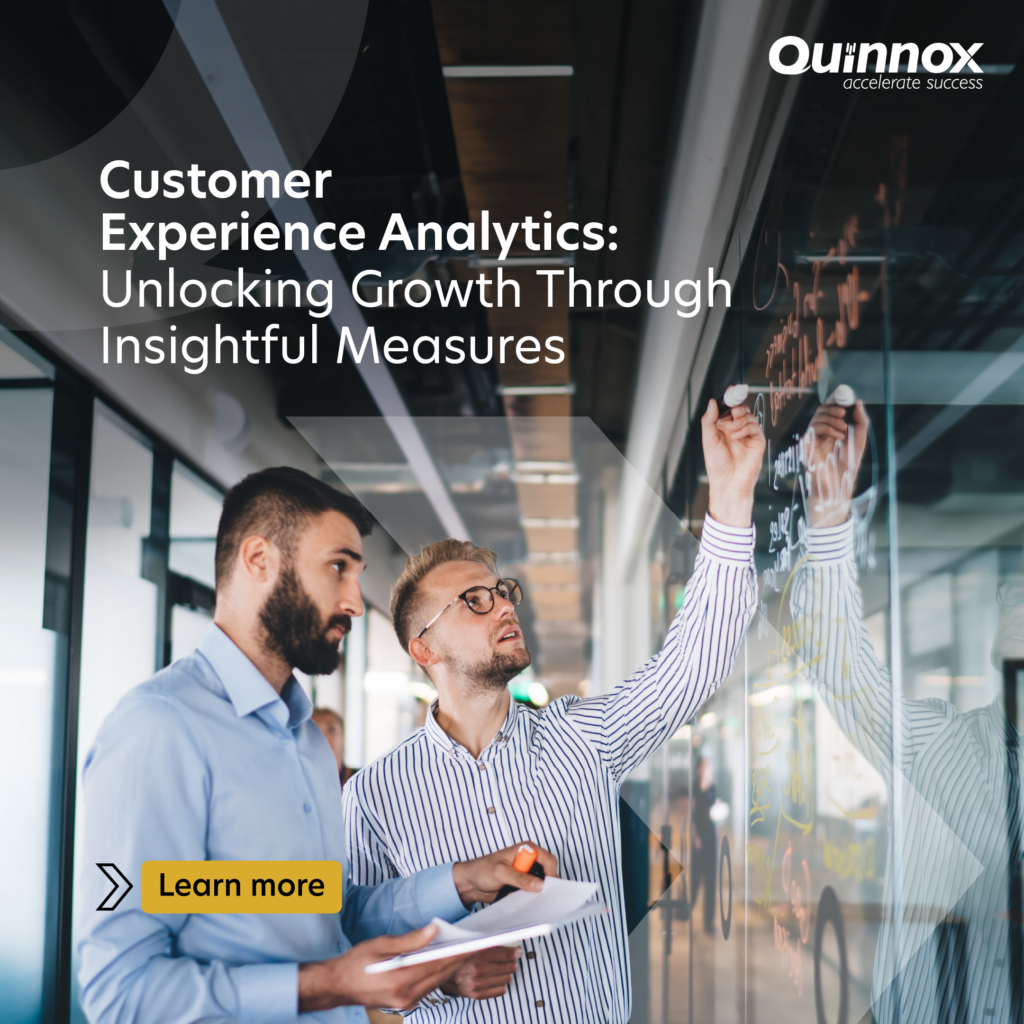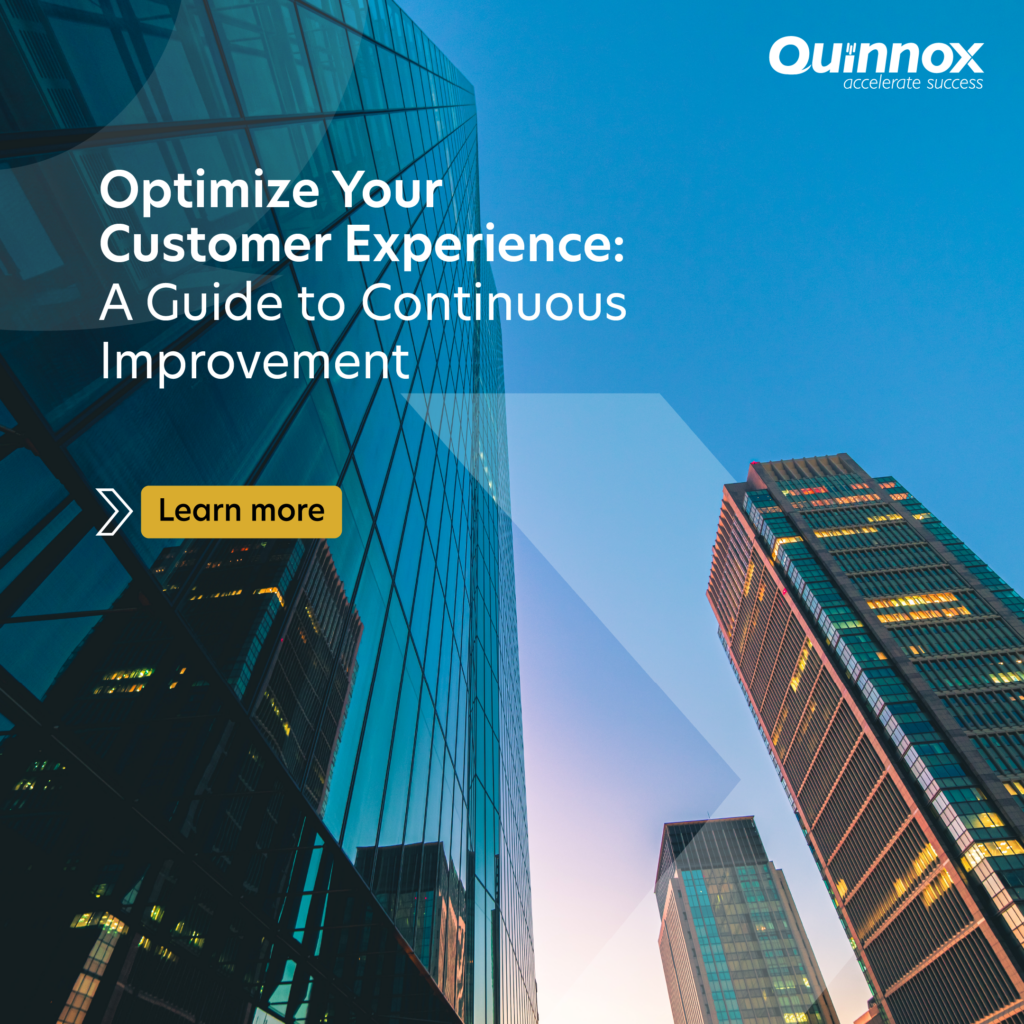Top 5 Future Trends in Business Process Automation to Look Out for in 2024
Embracing cutting-edge automation technologies with top business process automation trends in 2024 and learn how hyperautomation can drive business innovation and efficiency
Read more




